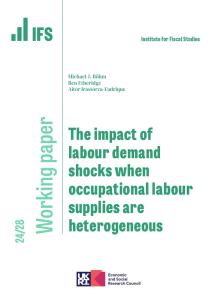This paper makes use of newly linked administrative data to better understand the determinants of higher education participation amongst individuals from socio-economically disadvantaged backgrounds. It is unique in being able to follow two cohorts of students in England - those who took GCSEs in 2001-02 and 2002-03 - from age 11 to age 20. The findings suggest that while there remain large raw gaps in HE participation (and participation at high-status universities) by socio-economic status, these differences are substantially reduced once controls for prior attainment are included. Moreover, these findings hold for both state and private school students. This suggests that poor attainment in secondary schools is more important in explaining lower HE participation rates amongst students from disadvantaged backgrounds than barriers arising at the point of entry into HE. These findings highlight the need for earlier policy intervention to raise HE participation rates amongst disadvantaged youth.











